Soliciting new donors, much like growing your major gifts portfolios and upgrading mid-level donors to give more, should also start with those you already know. Prospects can be hiding in plain sight. It is after you’ve culled through your existing list that you should, then, utilize proven strategies to find major donors elsewhere.
I recommend the following steps for all of my clients when prospecting for donors, based on best practices in the field:
Step #1 – Approach your current donors first. Cultivating prospective donors costs your organization in time and money. Completing searches in-house with your current donor list makes sense. It reduces the opportunity costs associated with the cultivation process. You already share a relationship with your existing donors, so why not focus on the people to whom you already have access. Referrals by a current major donor also fall into this category, even if the referred candidate has not yet given.
Step #2 – Capture the benefits of shared belief. Those who share your vision have already expressed interest by contributing. They have demonstrated that they believe in your cause by agreeing to support you.
Review your donor files to evaluate the giving histories of your donors and identify those loyal, faithful donors. Recency of a gift is an important consideration here. Targeting donors who have given within the last 12 months is the best rule of thumb. This targeting puts the efforts into those donors who are interested now. Cumulative giving is also a positive attribute to look for in

these donors. Those who give frequently may be the most receptive.
Step #3 – Explore the giving potential of your mid-level donors. You already have the relationship and shared vision. An analysis of past giving will show recent, consistent gifts. The next step is to develop a strategy to understand these mid-level donors. A significant portion of major gifts donors start at the bottom of the pyramid.
Volunteers, event attendees, annual fund donors, or people with whom you have engaged on some level through your emails and newsletters are often great candidates to move up the pyramid.
They just need to get some personal attention to motivate them. Visit these candidates and find out what they are interested in about your cause. What is driving them to attend your event or make a gift? Ask these candidates what impact they would like their contributions to make. It is your job to take this knowledge and match their passions with your organization’s projects and programs.
Determine who has the potential to give more, give again, or give to a new project.
Step #4 – Narrow down top-tier donors to a small, select group. Slim down your focus to the top 2-3% of donors from the tip of the donor pyramid. Always leave resources available to invest time in these relationships. It’s worth it to put some effort into those with the deepest pockets. But, be sure to prioritize the most likely “yes” candidates.
Step #5 – Consider financial capacity. Whether it is existing donors or new prospects, if their beliefs align with your cause then the next step is to determine the wealth-factor. You need to consider whether the donors can give more. Capacity does not necessarily mean generosity. But, if you start with belief first, you have a better chance of reaching that financial ability when you combine the two. Although, keep in mind that someone who has not expressed any interest, despite excess financial capacity, is not worth your valuable time.
Step #6 – Turn your efforts outward for new prospects when you have exhausted your internal potential. Again, the focus should initially be on cultivating, stewarding and managing the current portfolio, before “chasing” new prospects. However, some resources should still be expended to target new prospects. It should be carefully managed though, and the strategies outlined next should be employed.
Step #7 – Find donors who support related causes. Seek out nonprofits similar to your organization in mission. This strategy is a good way to find donors who may believe in your cause. Conduct prospect research to find annual reports from similar nonprofits. These reports can provide information about other major donors, such as names and their level of giving. Many prospects focus their gifts on particular causes and may be willing to expand their giving to your cause.
Step #8 – Leverage your donors’ relationships with other potential donors. Capitalize on your informal networks to find others who might be interested in your organization. Many of your major gifts donors are actively involved in the community and serve on various foundation and corporation boards. They likely have wealthy connections with both the capacity and willingness to give. Serving as a board member for a major corporation is usually a good indication of wealth too. A Board member of a foundation may not necessarily be wealthy, but even these people make good prospects as they often have an affinity for nonprofits and have obvious other connections. They also understand the importance of charitable giving. Word of mouth identification is an excellent source for finding new prospects. Existing contacts will often open the door to their wealthier friends. They will tell you all about them and how to make the connection.
Step #9 – Seek out opportunities for interacting with potential donors. Events can be an excellent opportunity to make contacts and develop relationships with new prospects. Some organizations may host opening nights or hold another special event. Other organizations may come in contact with new prospects for multiple reasons, such as schools with a new philanthropic family or hospitals with a new committee member. Pay attention to these options, whether it is a one-time event or an opportunity for ongoing interactions. Have representation at such events. Prepare ahead of time by finding out who will be in attendance. Make a note of new members of a particular nonprofit. They provide a good chance to find potential candidates for your fundraising campaigns.
Step #10 – Focus attention on women. Statistics have shown that more than half of the capital in the United States is held by women. Females often drive the gift-giving decisions in many families. Women are also believed to be more generous than men. Studies have shown that they give more than twice as much as their male counterparts in the same circumstances. Leverage this information and target the female gender in your search for new prospects.
Best practices have proven that these strategies work. Invest your time and resources wisely, and you will see successful results from your prospecting process.


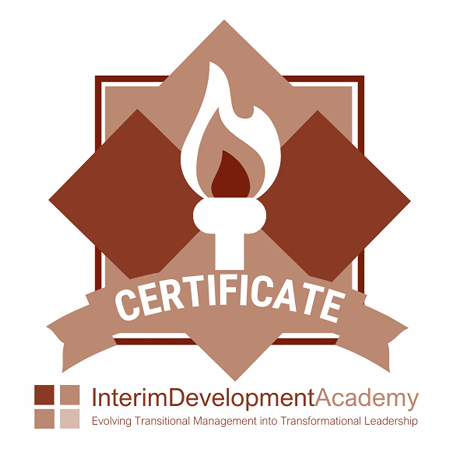

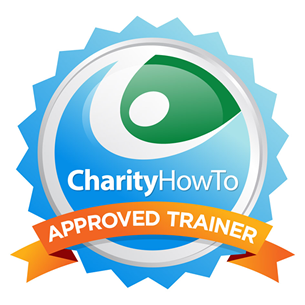
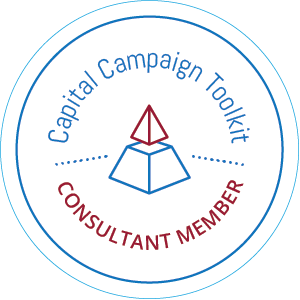
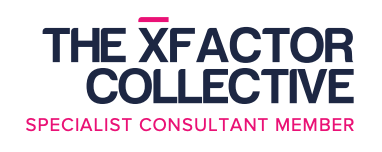
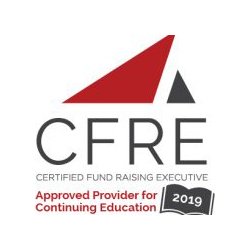



Leave a Reply
Want to join the discussion?Feel free to contribute!